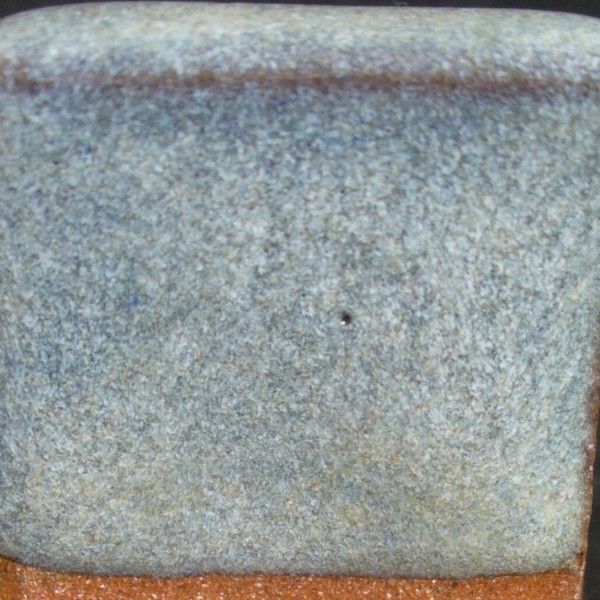Frits are used in ceramic glazes for a wide range of reasons.
What is a frit in ceramics.
The purpose of this pre fusion is to render any soluble and or toxic components insoluble by causing them to combine with silica and other added oxides.
However not all glass that is fused and quenched in water is frit as.
Thereafter it is melted and water is added to it to cool down the liquefied mixture.
A frit is a ceramic composition that has been fused quenched and granulated frits form an important part of the batches used in compounding enamels and ceramic glazes.
Frit is basically a ceramic glass which is made out of pre mixed powdered materials.
While frits typically serve as a component.
Manufacturers produce various types of frits based on the different uses and applications of frits.
This process known as fritting was developed to render any soluble and or toxic components insoluble and or nontoxic.
This combination of raw materials are industrially melted and rapidly cooled making them insoluble.
This process creates a way to safely introduce materials into a glaze which would otherwise be toxic.
They are man made materials of controlled chemistry with many advantages or raw materials.
Boron b2o3 is a very effective melter at low temperatures in ceramic glazes but its raw forms are mostly soluble and often inconsistent.
Depending upon the color and components there are two different types of.
Unlike mined raw materials commercial frits have specific known chemical compositions.
A ceramic glass that has been premixed from raw powdered minerals and then melted cooled by quenching in water.

